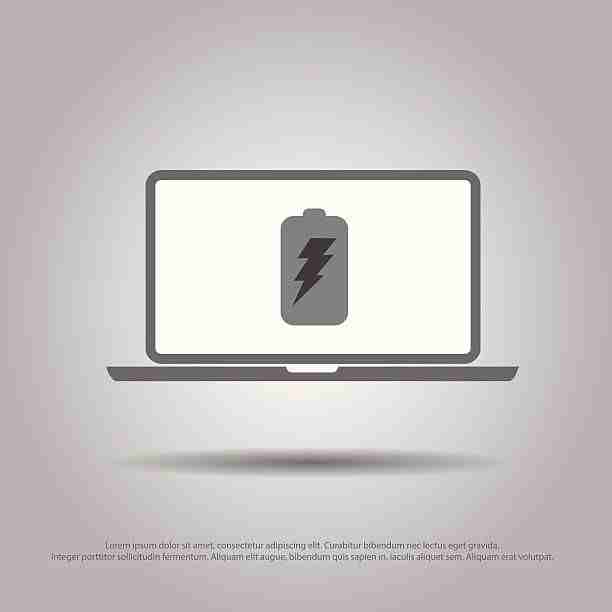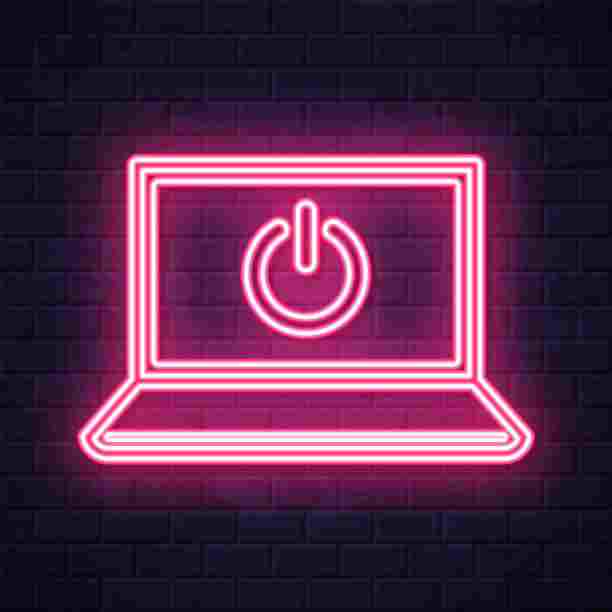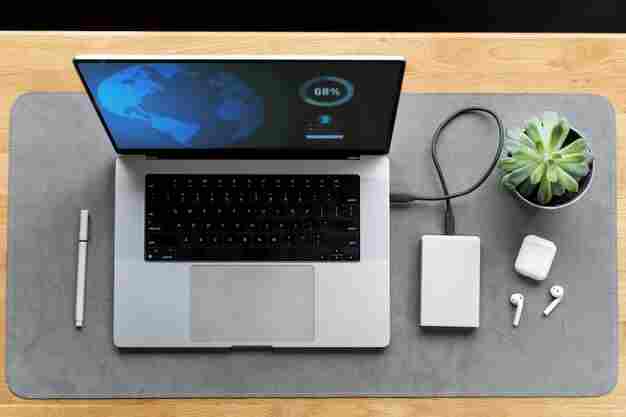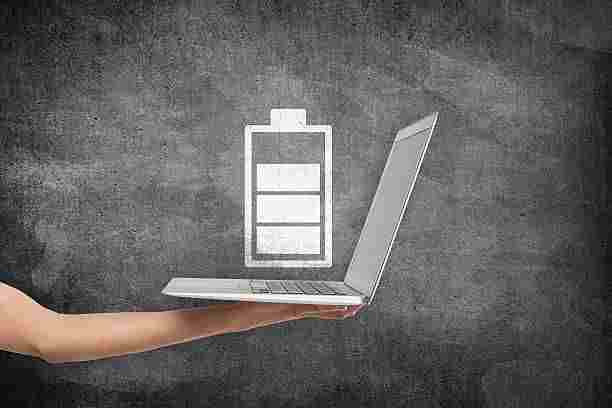In today’s tech-driven world, laptops have become an indispensable tool for work, entertainment, and communication. However, one common question that many users ponder is whether a laptop can function without a battery.
Can a laptop work without a battery? In this article, we’ll examine the benefits and downsides of using a laptop without a battery, as well as the length of time it takes for a laptop to switch on, the problems with using a laptop while charging, and several tricks to extend battery life.
Disadvantages of Using a Laptop Without a Battery

Laptops are designed to operate with a battery, and removing the battery can have several drawbacks.
- Power Interruptions: One of the primary disadvantages of using a laptop without a battery is susceptibility to power interruptions. If the power supply is unstable or experiences fluctuations, the laptop will shut down immediately, leading to potential data loss and disruption of work.
- Mobility Limitations: Without a battery, the laptop loses its portability. Users are tethered to a power outlet, restricting where and how they can use their device. This limitation can be particularly inconvenient for individuals who rely on their laptops while traveling or working remotely.
- Risk of Damage: Operating a laptop without a battery exposes it to potential damage from power surges or voltage spikes. Without the buffer provided by the battery, the laptop’s internal components are more vulnerable to electrical issues, which could lead to hardware failures over time.
How Long Does It Take for a Dead Laptop to Turn On?

When a laptop’s battery is completely drained or dead, the time it takes for the laptop to turn on can vary depending on several factors:
- Charging Time: If the laptop is connected to a power source, it typically takes a few minutes to several hours for the battery to recharge sufficiently to power on the laptop. The charging time will depend on the battery’s capacity, the power adapter’s output, and the laptop’s charging circuitry.
- Hardware Condition: In some cases, a dead laptop may not turn on immediately even after being connected to a power source. This could be due to hardware issues such as a faulty power adapter, damaged charging port, or malfunctioning internal components. Troubleshooting may be required to identify and resolve the underlying problem.
- Battery Health: If the laptop’s battery is old or degraded, it may take longer to recharge and hold a charge. In extreme cases, the battery may need to be replaced altogether to restore normal functionality to the laptop.
Disadvantages of Using a Laptop While Charging

While it’s possible to use a laptop while it’s charging, there are some drawbacks to consider:
- Overheating: Continuous use of a laptop while charging can lead to overheating, as the device generates more heat during operation and charging simultaneously. Over time, this can potentially damage the laptop’s internal components and reduce its lifespan.
- Battery Degradation: Keeping a laptop plugged in for extended periods can accelerate battery degradation. Lithium-ion batteries, commonly used in laptops, are sensitive to heat and overcharging, which can lead to decreased battery capacity and overall performance over time.
- Mobility Constraints: Using a laptop while it’s tethered to a power outlet restricts mobility and flexibility. Users may find it challenging to move around or use their laptop in different environments, limiting productivity and convenience.
How to Increase Battery Life

A laptop battery is designed to handle periods of inactivity, but how long it can sit without use depends on various factors. In general, a laptop battery can go unused for a few weeks to a couple of months without encountering significant issues. During this time, the battery will naturally lose some charge which is normal and shouldn’t cause permanent damage.
But if you leave your laptop alone for a really long time like, super duper long, the battery can have some problems. It might not be as good at holding power, so it won’t last as long when you use it. To avoid this, it’s like giving your laptop a little exercise turning it on and using it even for a short time every now and then.
Another thing to keep in mind is that batteries have a limited lifespan. If you leave your laptop battery unused for a super long time, it might not last as long overall. This could mean you’ll have to replace the battery sooner than you’d like.
To maximize battery life I am sharing my some personal tips, consider implementing the following tips:
- Avoid Extreme Temperatures: Exposing your laptop to extreme heat or cold can damage the battery and reduce its capacity. Store and use your laptop in a cool, dry environment to prevent overheating and ensure optimal performance.
- Optimize Power Settings: Adjust your laptop’s power settings to conserve energy when not in use. Lower screen brightness, disable unnecessary background processes, and use power-saving modes to extend battery life.
- Regularly Calibrate the Battery: Periodically calibrate your laptop’s battery to ensure accurate reporting of remaining battery life. Fully charge and then discharge the battery to recalibrate its capacity and maintain accuracy.
- Update System Software: Keep your laptop’s operating system and device drivers up to date to optimize performance and address potential battery-related issues. Software updates may include improvements to power management features that can help extend battery life.
- Use Battery Maintenance Tools: Some laptops come with built-in battery maintenance tools or utilities that can help monitor battery health and optimize performance. Take advantage of these tools to keep your battery in good condition.
Conclusion
While it is technically possible to use a laptop without a battery, it comes with its own set of disadvantages, including susceptibility to power interruptions and mobility limitations.
If you find yourself in a situation where your laptop’s battery is dead, the time it takes to turn on will depend on factors such as charging time, hardware condition, and battery health. Additionally, using a laptop while charging may lead to overheating, battery degradation, and mobility constraints.
To enhance battery life and prolong its lifespan, consider optimizing power settings, avoiding extreme temperatures, regularly calibrating the battery, updating system software, and using battery maintenance tools. By following these tips, you can ensure optimal performance and longevity for your laptop’s battery.


[…] recommend if you are a daily heavy users, optimizing laptop battery life is essential to ensure productivity and convenience. Here are some practical tips to help you […]
[…] to use your laptop without a battery comes with its perks but also some big trade-offs, especially concerning portability and the safety […]
[…] To maximize your battery’s lifespan, avoid leaving it plugged in all the time, keep your laptop cool, and follow proper charging practices. For more information on finding replacement batteries, diagnosing battery health, and professional services, check out our recommended resources and guides. […]